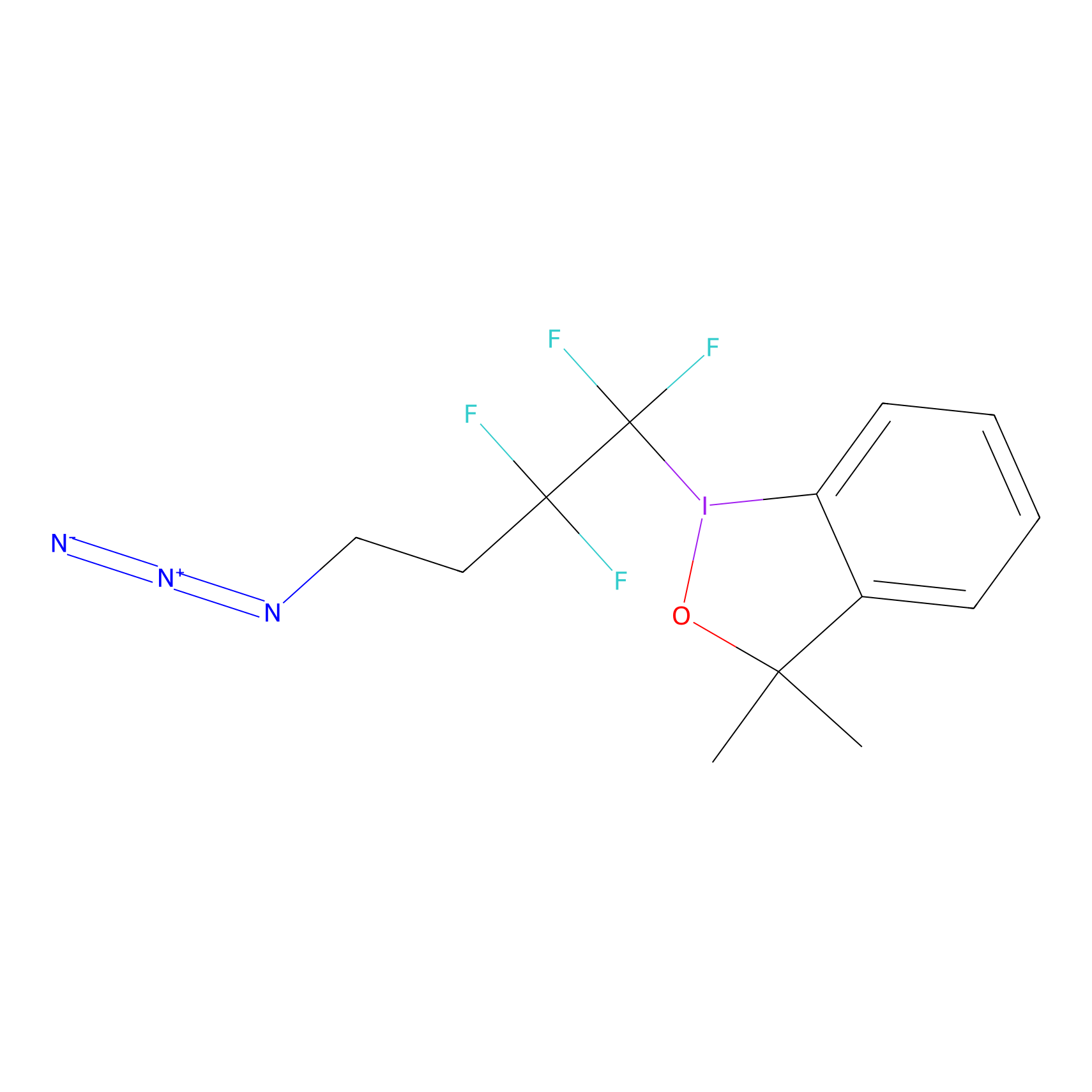Details of the Target
General Information of Target
| Target ID | LDTP13404 | |||||
|---|---|---|---|---|---|---|
| Target Name | DNA (cytosine-5)-methyltransferase 3-like (DNMT3L) | |||||
| Gene Name | DNMT3L | |||||
| Gene ID | 29947 | |||||
| Synonyms |
DNA; cytosine-5)-methyltransferase 3-like |
|||||
| 3D Structure | ||||||
| Sequence |
MWTGYKILIFSYLTTEIWMEKQYLSQREVDLEAYFTRNHTVLQGTRFKRAIFQGQYCRNF
GCCEDRDDGCVTEFYAANALCYCDKFCDRENSDCCPDYKSFCREEKEWPPHTQPWYPEGC FKDGQHYEEGSVIKENCNSCTCSGQQWKCSQHVCLVRSELIEQVNKGDYGWTAQNYSQFW GMTLEDGFKFRLGTLPPSPMLLSMNEMTASLPATTDLPEFFVASYKWPGWTHGPLDQKNC AASWAFSTASVAADRIAIQSKGRYTANLSPQNLISCCAKNRHGCNSGSIDRAWWYLRKRG LVSHACYPLFKDQNATNNGCAMASRSDGRGKRHATKPCPNNVEKSNRIYQCSPPYRVSSN ETEIMKEIMQNGPVQAIMQVREDFFHYKTGIYRHVTSTNKESEKYRKLQTHAVKLTGWGT LRGAQGQKEKFWIAANSWGKSWGENGYFRILRGVNESDIEKLIIAAWGQLTSSDEP |
|||||
| Target Type |
Patented-recorded
|
|||||
| Target Bioclass |
Transcription factor
|
|||||
| Subcellular location |
Nucleus
|
|||||
| Function |
Catalytically inactive regulatory factor of DNA methyltransferases that can either promote or inhibit DNA methylation depending on the context. Essential for the function of DNMT3A and DNMT3B: activates DNMT3A and DNMT3B by binding to their catalytic domain. Acts by accelerating the binding of DNA and S-adenosyl-L-methionine (AdoMet) to the methyltransferases and dissociates from the complex after DNA binding to the methyltransferases. Recognizes unmethylated histone H3 lysine 4 (H3K4me0) and induces de novo DNA methylation by recruitment or activation of DNMT3. Plays a key role in embryonic stem cells and germ cells. In germ cells, required for the methylation of imprinted loci together with DNMT3A. In male germ cells, specifically required to methylate retrotransposons, preventing their mobilization. Plays a key role in embryonic stem cells (ESCs) by acting both as an positive and negative regulator of DNA methylation. While it promotes DNA methylation of housekeeping genes together with DNMT3A and DNMT3B, it also acts as an inhibitor of DNA methylation at the promoter of bivalent genes. Interacts with the EZH2 component of the PRC2/EED-EZH2 complex, preventing interaction of DNMT3A and DNMT3B with the PRC2/EED-EZH2 complex, leading to maintain low methylation levels at the promoters of bivalent genes. Promotes differentiation of ESCs into primordial germ cells by inhibiting DNA methylation at the promoter of RHOX5, thereby activating its expression.
|
|||||
| TTD ID | ||||||
| Uniprot ID | ||||||
| DrugMap ID | ||||||
| Ensemble ID | ||||||
| HGNC ID | ||||||
| ChEMBL ID | ||||||
Target Site Mutations in Different Cell Lines
Probe(s) Labeling This Target
ABPP Probe
| Probe name | Structure | Binding Site(Ratio) | Interaction ID | Ref | |
|---|---|---|---|---|---|
|
DBIA Probe Info |
 |
C779(3.10) | LDD3487 | [1] | |
|
TFBX Probe Info |
 |
N.A. | LDD0148 | [2] | |
Competitor(s) Related to This Target
The Interaction Atlas With This Target
The Protein(s) Related To This Target
Enzyme
| Protein name | Family | Uniprot ID | |||
|---|---|---|---|---|---|
| DNA (cytosine-5)-methyltransferase 3A (DNMT3A) | C5-methyltransferase family | Q9Y6K1 | |||
| Histone deacetylase 1 (HDAC1) | Histone deacetylase family | Q13547 | |||
Other
| Protein name | Family | Uniprot ID | |||
|---|---|---|---|---|---|
| Probable ribosome biogenesis protein RLP24 (RSL24D1) | Eukaryotic ribosomal protein eL24 family | Q9UHA3 | |||
References
